Tonkinese cat
Characteristics of the breed
This wacky descendant of the Siamese and Burmese cats has originated from Asia. Officially, this breed was created in Canada, but until today, it has not been recognized by the FIFe. It is unknown when this will change. However, you have to admit that Tonkinese cats are among the liveliest and most demanding pedigree cats. Although it is easy to care for their physical condition, you need to put a bit more effort into stimulating their mind. It does not mean that caring for Tonkinese is exhausting. The cat will repay to the right person with joy and humor that will be picked up both by children and adults.
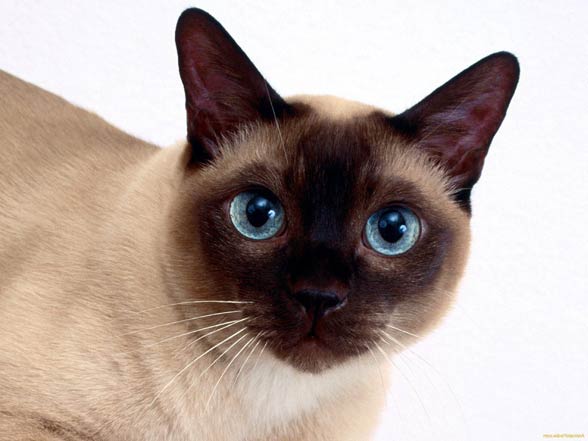
History and origins
Tonkinese cats originate from the Siamese and Burmese cats. The history of the breed started with a little, dark brown female cat owned by Doctor Joseph Thompson. He acquired the cat thanks to a sailor who noticed that the scientist had been very interested in cats. Thompson named his pet Wong Mau and classified it as the chocolate Siamese cat, which he brought to the USA in the 1930s.
Cats of this type were not unusual then, because they had been already described in 1880. Although they disappeared from Great Britain, they still existed in Thailand and Burma (today’s Myanmar). It is suspected that they have been a natural crossbred of the Siamese and Burmese, and Wong Mau was one of them.
The first deliberate crossbreeding of the Siamese and Burmese took place in the 1950s, started by Milan Greer who named the new breed “the Golden Siamese”. He did not continue the breeding of the new “Siamese”, but there were breeders who got interested in the dark brown cat with a mask. Therefore, they started to crossbreed the Siamese with the Burmese. The Canadian Cat Association (CCA) registered the breed under the name “Tonkinese” in 1967.
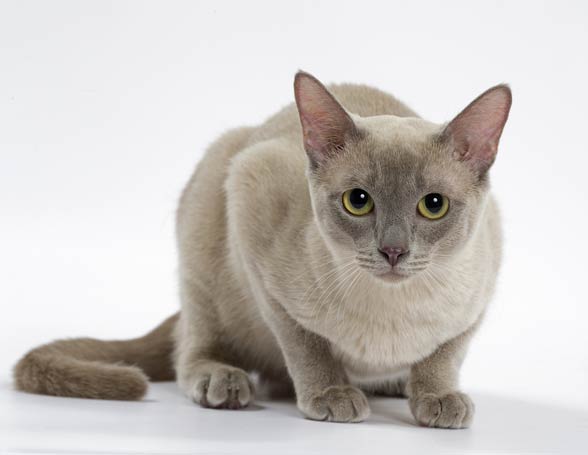
Characteristics
Appearance
The body of Tonkinese is medium-sized, and also not very muscular or cobby. The head is rounded and wedge-shaped and it is a bit longer than wider. The medium-sized ears are wide at the base, and rounded at the ends. The almond-shaped eyes, depending on the body coloration, can be turquoise, blue, green or green-yellow. Moreover, they are slightly catty-cornered towards the cheekbones.
The whole body is based on slender legs with oval paws. The tail is proportionate to the body length, narrowing to the end.
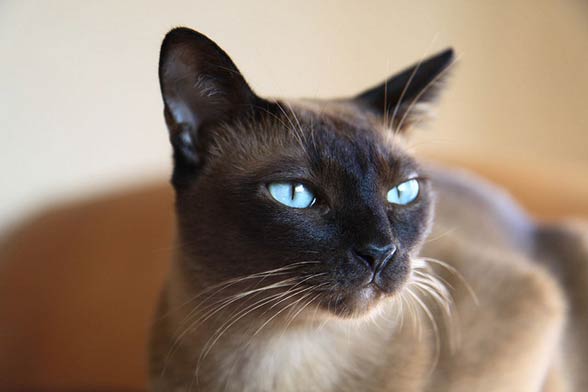
Coat
The fur consists of short but soft and silky hair. The natural coloration of Tonkinese is uniform sable brown, but there are also champagne, platinum and blue cats… Within the breed, there have been 12 color variations classed in all.
Cats often have a darker mask on the muzzle, also the tail, paws and ears may be darker. The nose is cinnamon brown, and paw pads may be cinnamon with a rosy undertone.
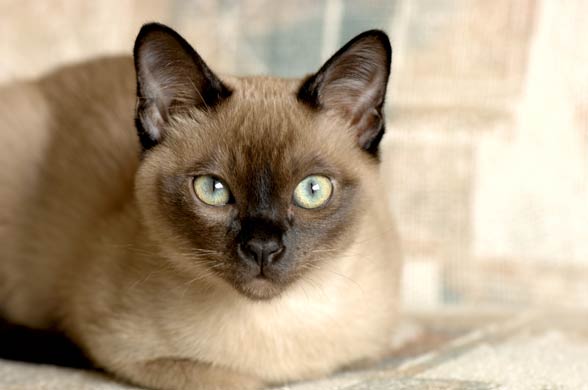
Temperament
Tonkinese cats are among the friendliest and most loving cats. They demand attention and showing them tenderness, so they will not stop until they achieve their goal. They like to be around their owners and therefore they can “stalk” them, sit on their shoulders, and accompany them in all house chores.
They need company so they should not be left alone for a longer time. If owners spend their whole days out, it would be a good idea to ask someone close to take care of the cat or get another one, or even to get a dog.
Similar to the Siamese, Tonkinese cats are very active and intelligent. They are fond of jumping off high seats and being carried.
Moreover, they love various games that stimulate the mind, i.e., any cat riddles. You can teach them to walk on a leash if they are eager to do it. They also can learn many tricks.
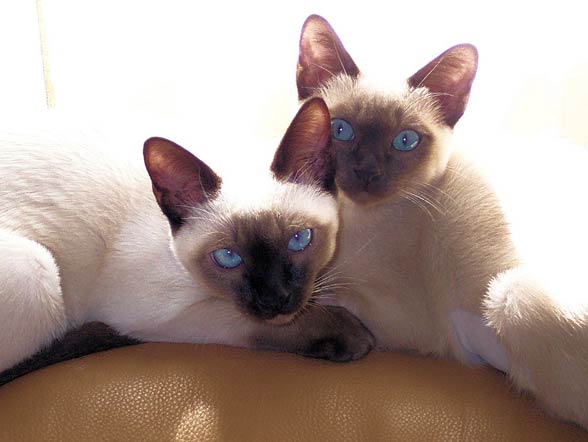
Active breed
Tonkinese cats are among the most active and wiggly breeds, so they are not a good choice for calm people who need quiet and want to relax after work.
They can be stubborn wanting to achieve their goal, but their stubbornness is so adorable that it is difficult to be mad at them.
They eagerly communicate with their owners with sounds similar to those produced by the Siamese. Periods of activity are interspersed with the need of lying on the owner’s lap. The owners of Tonkinese have been noticing that you just need to sit for a moment and your cat will start to climb your legs.
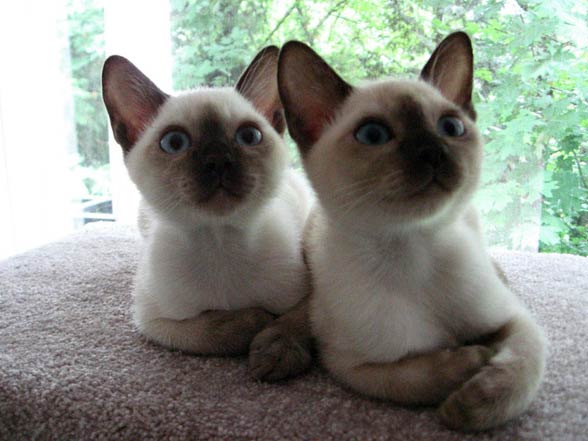
Health
Cats of this breed are prone to gingivitis and can show hypersensitivity to anesthesia. Due to the relationship with the Siamese, they can suffer from the same diseases, such as:
- amyloidosis
- bronchi diseases, mostly asthma
- heart defects, e.g., aortic valve stenosis
- lymphoma
- progressive retinal dystrophy
- nystagmus
- strabismus
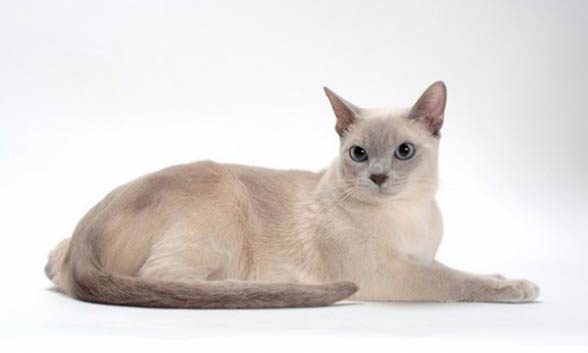
Detailed information and size
Tonkinese cat
- Height at shoulders: 20-25 cm (8-10 in)
- Weight: 2-5 kg (4.4-11 lb)
- Lifespan: 10-18 years
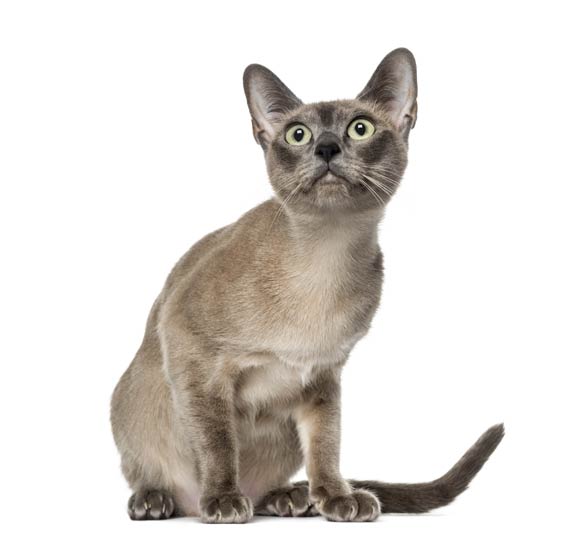
Tonkinese cat – interesting facts
- The name of the breed refers to the Gulf of Tonkin or Tonkin – the historical name of the northern part of Vietnam. However, Tonkinese cats have never had anything to do with Vietnam.
- Before the Tonkinese cat was named Tonkinese, it had been called Tonkanese. The name referred to an American musical “South Pacific” about an island on which “half-breeds” were not discriminated. The contemporary name of the breed was introduced in 1971.
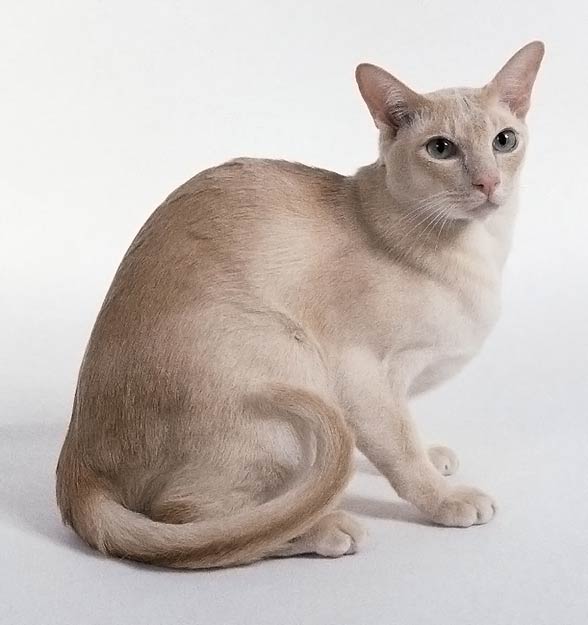

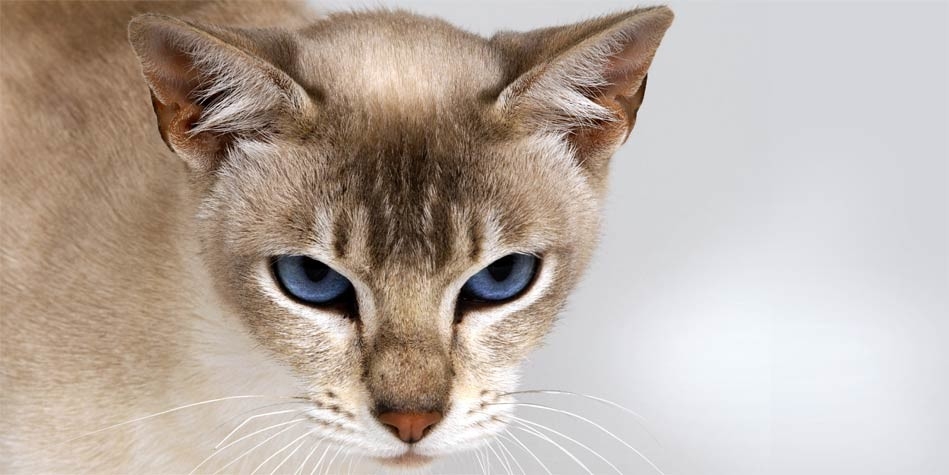

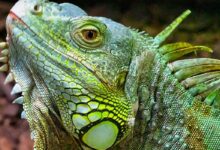



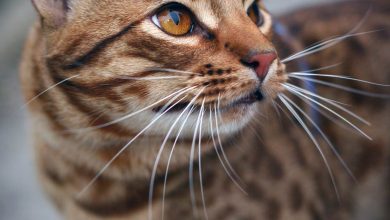
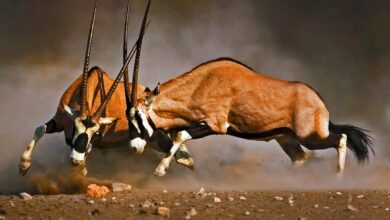
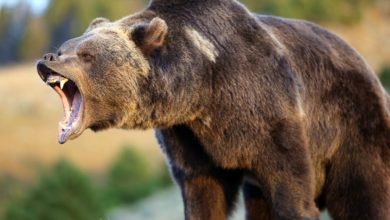

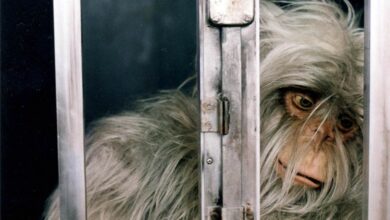

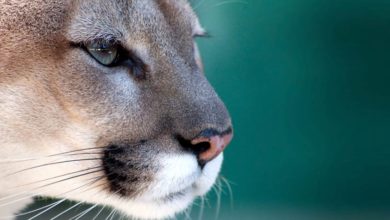
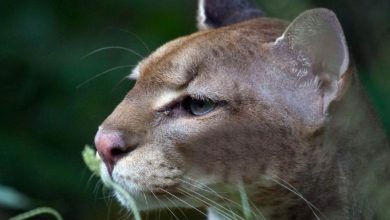



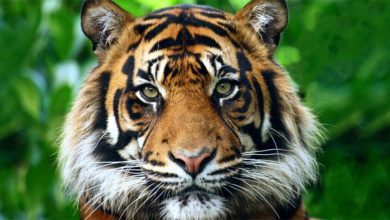
Beautiful cat, it looks like a small puma.